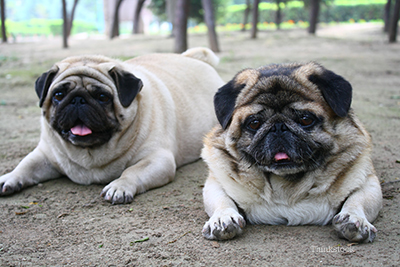
In the United States, people continue to gain weight. According to the Harvard School of Public Health, almost two-thirds of American adults are overweight or obese compared to a 15% obesity rate in 1990. But what does this mean for our pets?
Quite simply put, our pets are getting fatter too.
According to recent statistics, compiled in the 2013 Banfield State of Pet Health Report, pet obesity is increasing at an alarming rate. Drawing on a sizable sample group of 2 million dogs and nearly half a million cats, the report shows that 37% more dogs and 90% more cats are obese this year compared to five years ago.
Geography might have something to do with it. As reported by The Huffington Post, the top five states for pet obesity are:
- Minnesota (38% of dogs, 41% of cats)
- South Dakota (29% of dogs, 32% of cats)
- Utah (27% dogs and cats)
- Washington (25% of dogs, 27% of cats)
- Colorado (24% of dogs, 26% of cats)
What do all of these states have in common? Longer, colder, and snowier winters. In an interview with The Huffington Post, Brittany King, DVM and associate veterinarian at the Banfield Pet Hospital in Cypress, TX, sees a link: pets living in colder climates may not get out as much in the winter, meaning less exercise.
Regardless of whether you live in an “at-risk” state for pet obesity, it’s always important to treat your pet to plenty of exercise, a healthy diet, and regular veterinary checkups. Pet obesity can be a huge problem and affect the longevity of your best furry friend. Be sure to read our full-length articles for more information about the negative implications of pet obesity and ways to keep your pet slim, trim, and happy!
